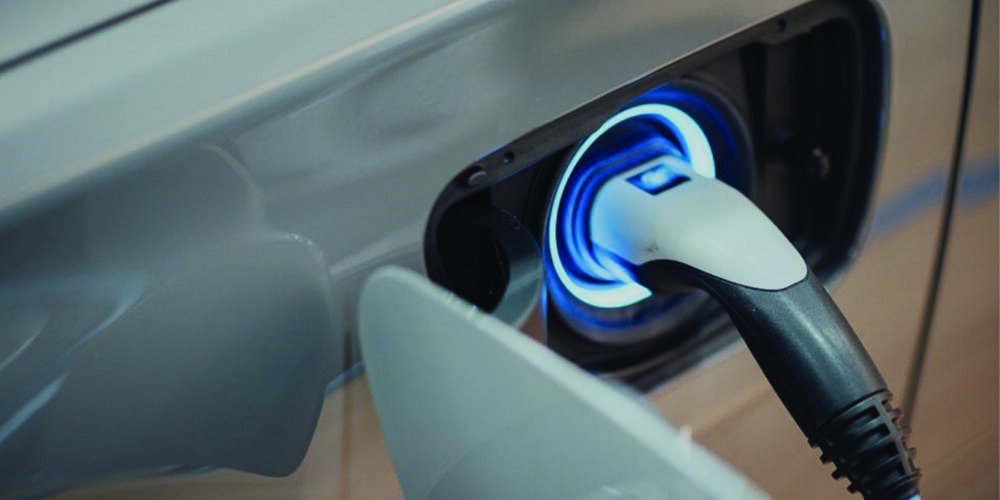October is a very significant month to all of us attending Automotive Aftermarket Industry Week, which kicks off on Tues. Oct. 30. It’s even more significant for Toyota as it celebrates its 50th year in America.
In five decades of doing business in America, Toyota has created a bookmark in automotive history for a number of reasons.
First, it has impacted the manufacturing scene through its continuous improvement philosophy or “Kaizen.”
Second, the Toyota Production System’s lean manufacturing process has been widely recognized by a variety of businesses to improve operations.
Third, Toyota’s “quality above all else business model,” that hinges on the quality, dependability and reliability of its vehicles, has encouraged competitors to follow suit. As a result, the number of problems with cars reported in the first 90 days of ownership has declined industry-wide.
Fourth, Toyota’s success story in America has raised the bar in terms of vehicle popularity and worldwide sales.
Humble beginnings, outlined below, became significant milestones that bolstered Toyota’s growth in America:
On Aug. 25, 1957, two Toyopet Crowns were imported to the U.S.
Toyota Motor Sales, U.S.A. was formed on Oct. 31, 1957 in Hollywood, CA. Sales began in 1958 and totaled a modest 288 vehicles — 287 Toyopet Crown sedans and one Land Cruiser.
The Corolla was introduced in the U.S. in 1968 and has since become the world’s all-time best-selling passenger car, with 27 million sold in more than 140 countries.
During the ’70s, Toyota launched some of its most memorable marketing campaigns, using taglines that included “You Asked For It/You Got It.”
In 1986, Toyota became the first import automaker to sell more than 1 million vehicles in America in a single year.
In 1989, Toyota established a luxury line of vehicles with the debut of the Lexus LS 400 and the ES 250. Two years later, Lexus earned the title of No. 1 luxury import in the U.S.
In December 1997, the Camry first earned the title of the No. 1 selling passenger car in America. Camry has won the U.S. sales crown for nine of the last 10 years.
In 2000, Toyota launched the Prius, the world’s first mass-produced gas/electric hybrid car.
In 2003, Toyota launched its third line of vehicles, the Scion.
Toyota is but one example of import vehicles’ growth and vitality in the U.S. marketplace. So what does taking a trip down Toyota’s memory lane signify? It means that imports continue to be a dynamic, evolving part of the overall automotive scene. Market share for imports will continue to move north, bolstered by product innovation and quality, technological advancements and savvy marketing. You, as import specialists serving this marketplace, will benefit by having the expertise and knowledge to diagnose this proliferating vehicle population. All of this translates into lots of service and repair opportunities down the road. Get ready for a great ride!













